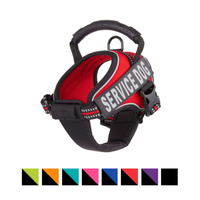How to train a service dog: a step-by-step guide
Want to learn how to train a service dog? Here’s everything you need to know about canine companionship and assistance.
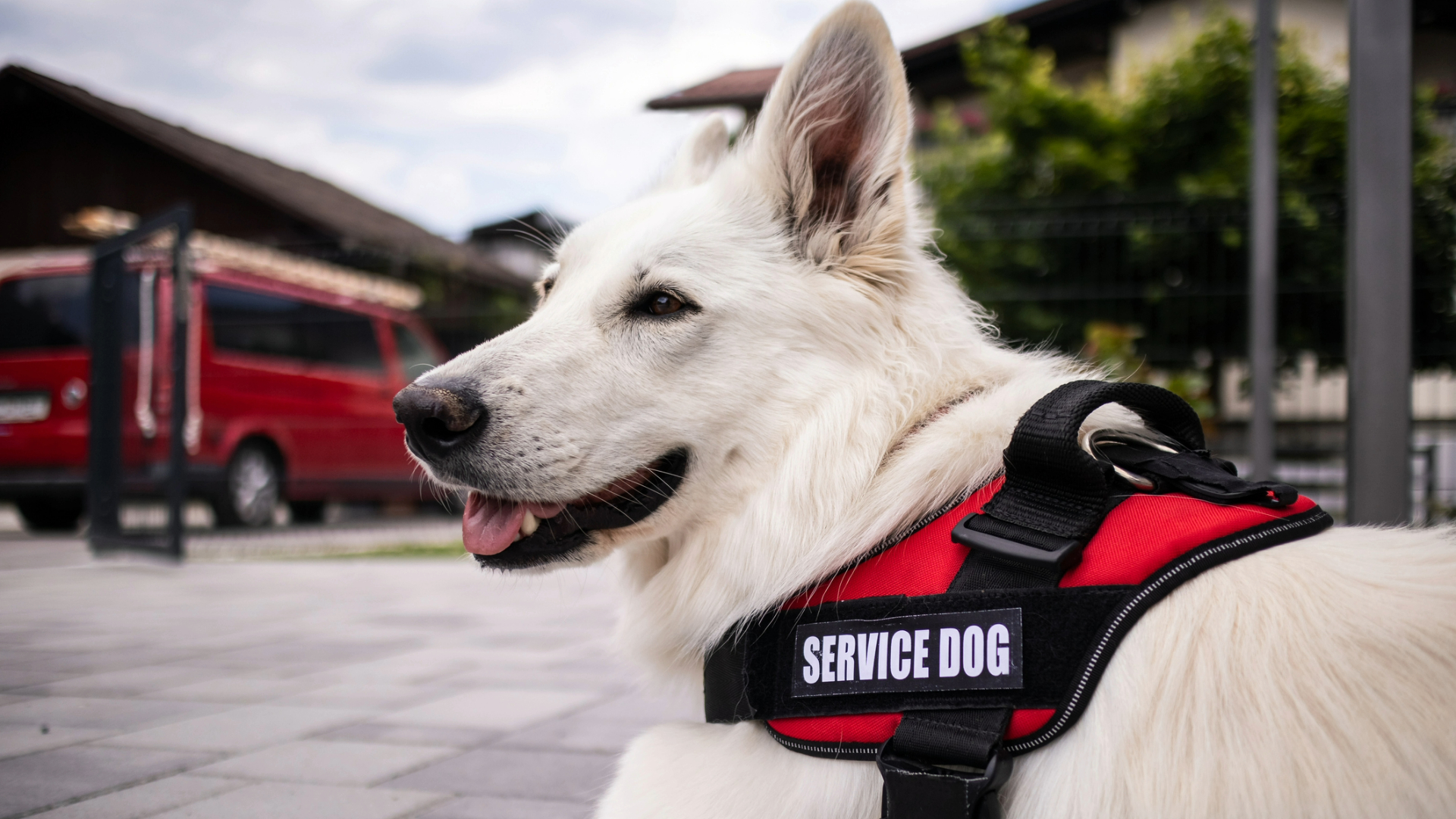
Whether you live with a disability, work in a caring role, or are just looking to expand your dog training knowledge, you might be looking into how to train a service dog.
Service dogs are more than just loyal companions, they can be a lifeline for those who rely upon them for help in one or more aspect of their life.
When looking at how to train a service dog, we need to consider everything from the best breeds for the job, the importance of appropriate socialization, and, of course, the training of the specific skills the individual needs assistance with.
Within my role as a canine behaviorist and trainer, I also believe it’s important to consider the well-being of the individual dog. To ensure that, they should also have the opportunity to relax through play or enrichment activities such as long lasting dog chews, alongside their working life.
Introducing a service dog to someone’s life can be a transformative experience. These dogs offer not just companionship but invaluable assistance that can provide an increased level of independence. Want to know how to get started in assistance dog training? Keep on reading.
What is a service dog?
Service animals are defined as “dogs that are individually trained to do work or perform tasks for people with disabilities”, according to the Department of Justice. These dogs are not pets - they are working animals who are trained to perform a specific role to assist someone within their day-to-day life.
The sort of jobs and tasks that service dogs can be trained for include “guiding people who are blind, alerting people who are deaf, pulling a wheelchair, alerting and protecting a person who is having a seizure, reminding a person with mental illness to take prescribed medications, calming a person with post-traumatic stress disorder (PTSD) during an anxiety attack, or performing other duties", according to the Department of Justice.
PetsRadar Newsletter
Get the best advice, tips and top tech for your beloved Pets
Different breeds of dogs will be better equipped to assist in different roles based on their size and ability. The best service dog breeds will be regularly used to support a person with disabilities.
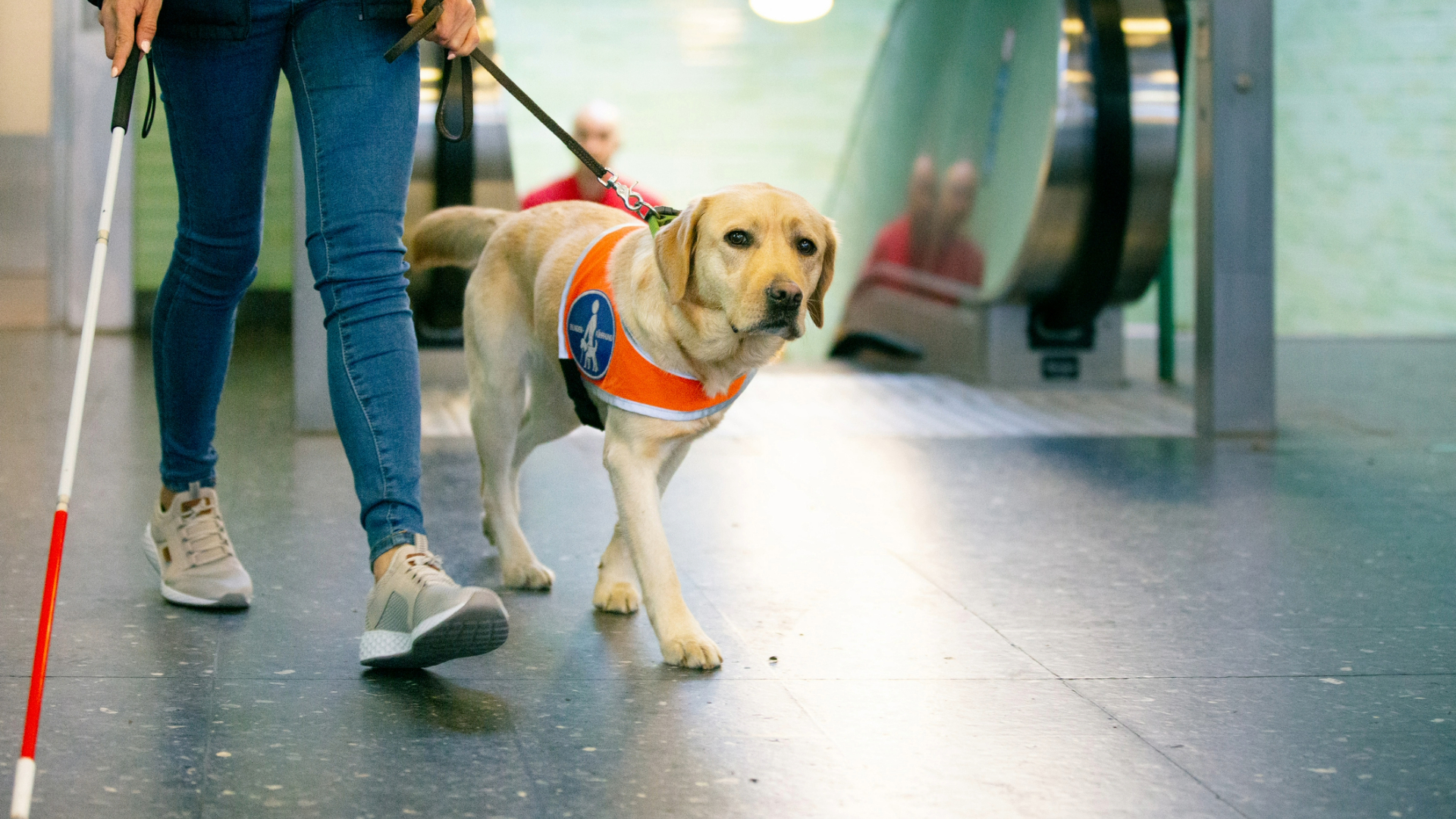
How do I train a dog to be a service dog?
1. Choose a suitable dog for the job
To be successful when training a service dog, it’s important to have the right dog for the job. Depending on the specific task required, you may be restricted to dogs who are much larger and more powerful - for example, if needing to pull a wheelchair - or you may be able to use any breed at all. Some commonly used breeds include labrador retrievers, German shepherds, and golden retrievers.
You may be considering whether a dog you already live with could be trained to provide a support role. This really depends on whether they have the right temperament, intelligence, and physical capability for the work required.
You may also want to look into a scheme that specializes in breeding and raising service dogs such as Canine Companions or NEADS.
2. Find a professional, ethical trainer to support you on your journey
While anyone can train a service dog in the US (you can even train your own!) it can speed up the process, and ensure you have the best success if you hire an accredited trainer to help you through your training journey.
They will bring with them a range of experience that helps you teach your dog the required skills in the most effective way. They will also ensure that the dog’s welfare is maintained at all times.
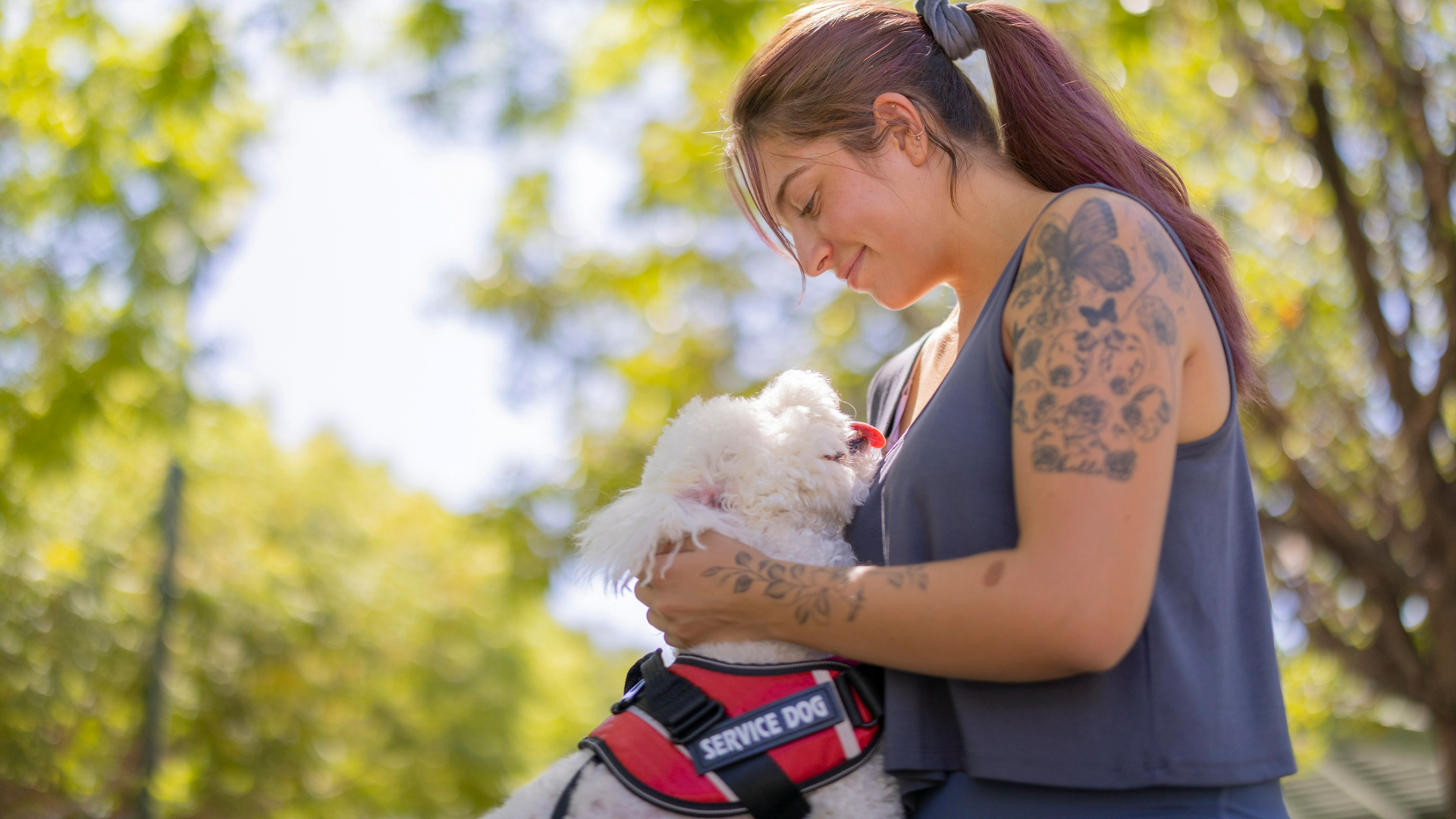
3. Be clear on your goals
It’s important to list out all elements of the specific tasks the service dog needs to perform for its handler. Depending on the individual's specific disability this may include mobility assistance, alerting to medical conditions, or daily tasks in the home. Make sure a comprehensive list of all required jobs the dog will need to do is created at the start of your training journey.
4. Start simple
Teaching some basic obedience skills initially can lay a good foundation for any dog on a training journey. It also allows the dog to become familiar with positive reinforcement techniques such as earning rewards for completing requested tasks.
All training experiences must be positive, without resorting to using any punishment-based methods. Our feature on positive reinforcement for dogs has more guidance on this.
Premium Pork Chomps Munchy Sticks Dog Treats
These rawhide-free treats are made from oven-baked pork skin. They come in a variety of flavors to keep your dog’s interest. They’re low in fat and high in protein, making them a great treat for all ages of dogs.
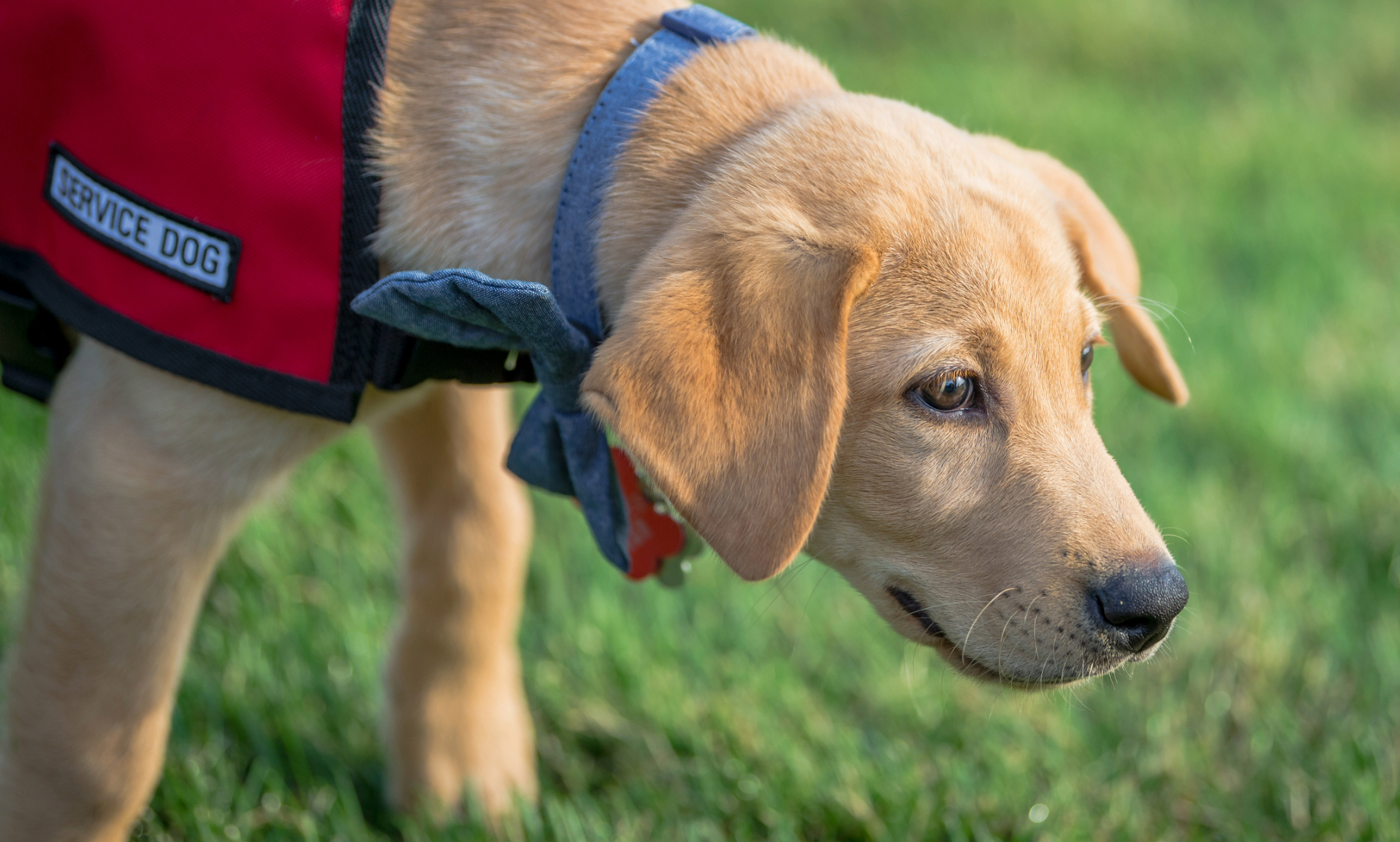
5. Socialization is vital
If the service dog is expected to carry out any of its tasks outside of the home, it’s important to gradually expose them to all the sights and sounds of the world they may encounter. Once they feel comfortable in all of these situations they will be much more likely to remain calm and focused when working in the future.
6. Appropriate behavior in public
It’s important to ensure that your service dog can behave appropriately when around members of the public and other animals. Teaching them to only toilet in the correct spaces and be able to settle and relax when in restaurants, stores, or on public transport, will allow them to be good members of the canine community as well as a successful service dog.
Chai's Choice Service Dog Harness
Thinking of training a service dog? You might want to invest in a service dog harness. Whilst it's not required by law, service dog harnesses let the public know that your pooch is on duty. This one comes in a reflective design with removable 'service dog' patches.
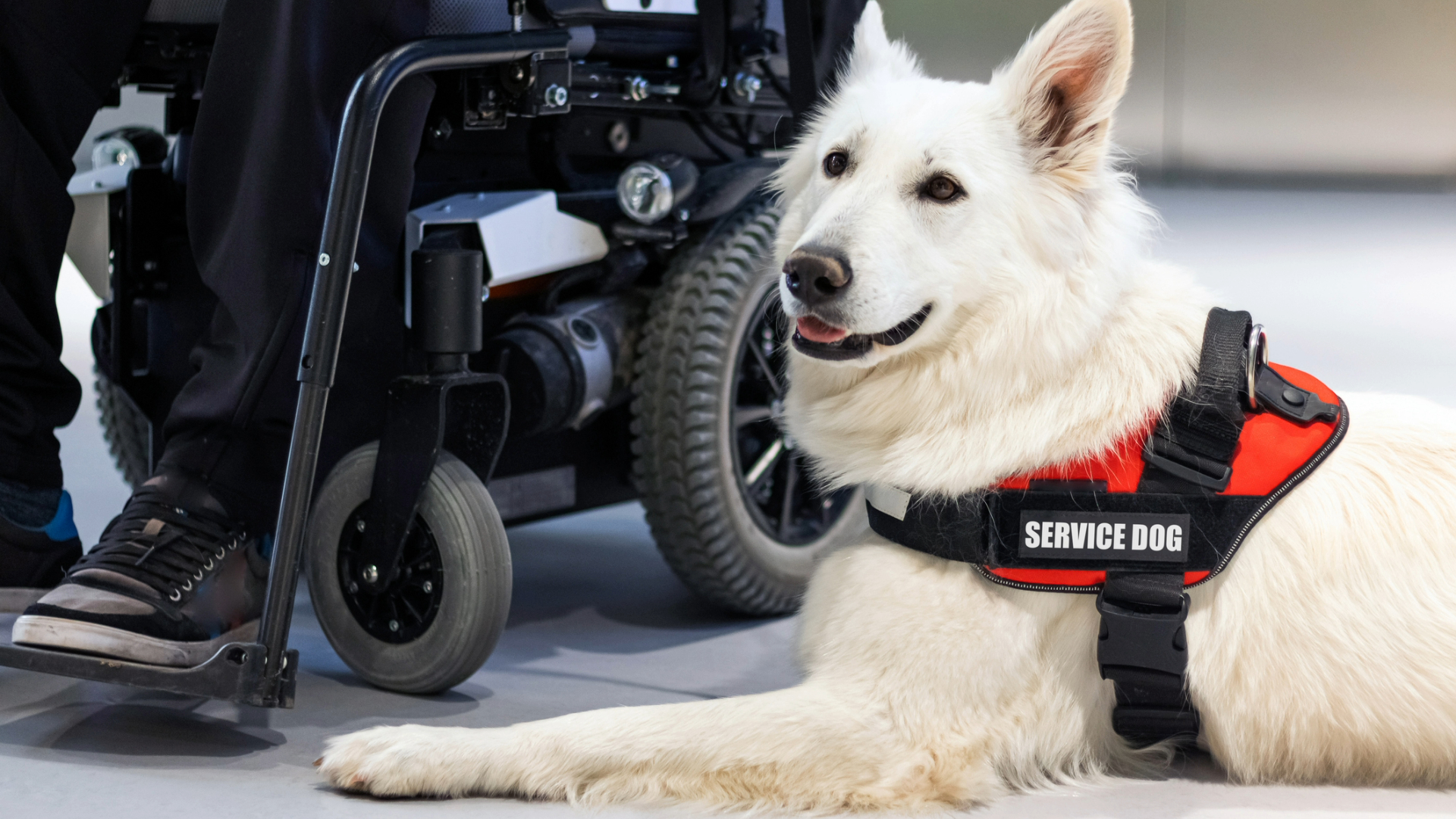
7. Get your task-specific training nailed
Build up your training skills with the professional you’ve enlisted for support. Train the dog for the specific tasks required by yourself or the handler, such as retrieving items, opening doors, or alerting to medical issues. Your qualified trainer will be able to guide you through each of these exercises, step-by-step.
8. Complete legal requirements
While the Americans with Disabilities Act (ADA) doesn’t specifically require you to register your dog with an organization, check what individual laws are relevant to your locality. If you are adopting a dog through a service dog training organization, they may also have their own requirements, including the successful passing of a Public Access Test.
Remember, training a service dog is a significant commitment that requires ongoing reinforcement and maintenance to ensure the dog performs reliably and safely in their role.
What’s the difference between a service dog and an emotional support dog?
According to the Americans with Disabilities Act (ADA), “Dogs whose sole function is to provide comfort or emotional support do not qualify as service animals.” Emotional support animals (ESA) can be of any species - you may see pigs, horses, rabbits, and other animals, alongside the more commonly used dogs.
The dog breeds used for physical tasks may differ from those used for emotional support. In fact, the best dogs for emotional support can be of literally any (legal) breed - as long as they’re behaviorally sound and toilet-trained. These dogs are classed as ‘pets’, being owned by the individual they live with, in comparison to service dogs being classed as working animals.
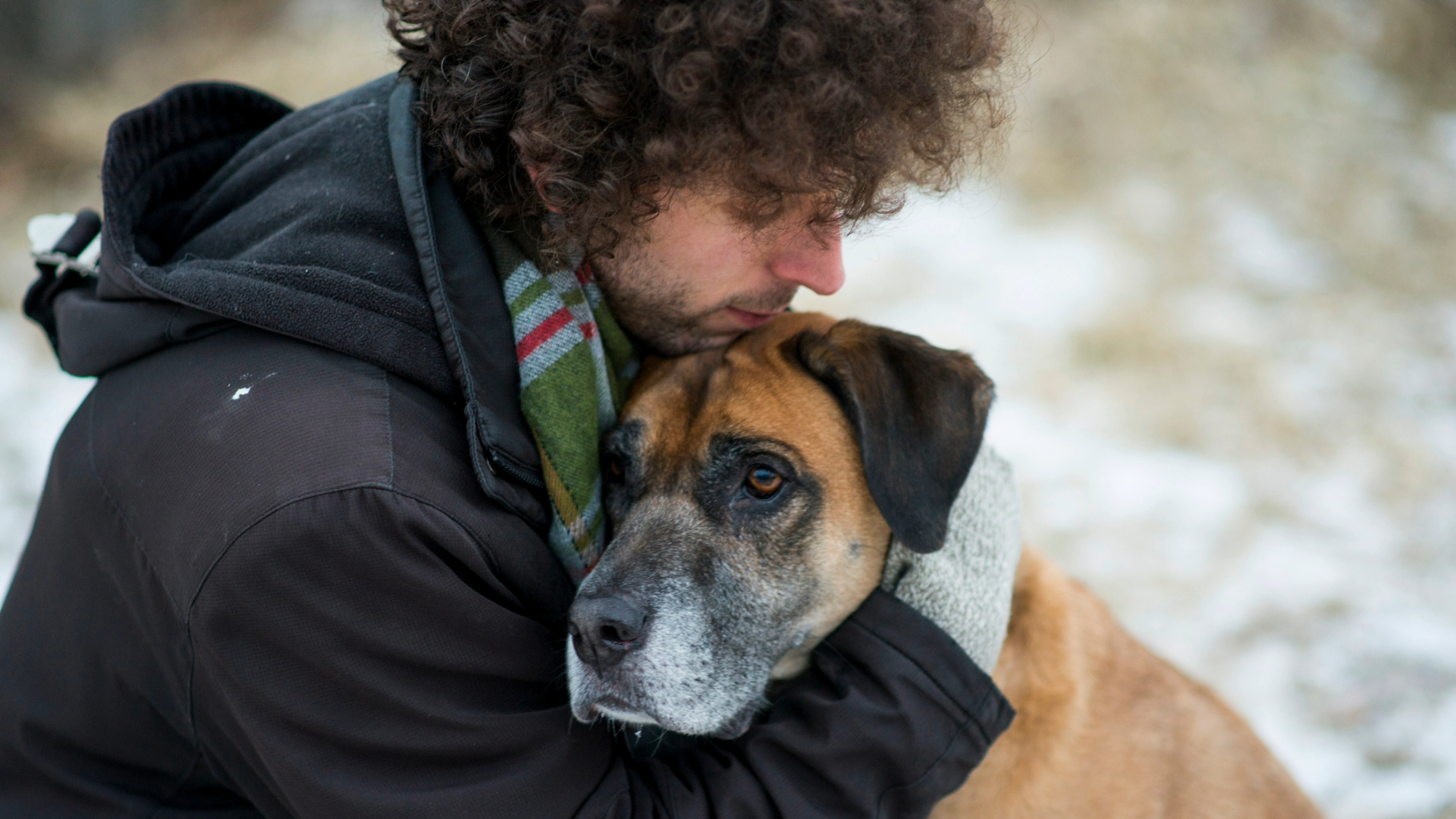
Whilst service dogs are trained to do specific tasks related to the individual’s disability, emotional support dogs provide comfort and companionship to individuals with mental health conditions. Whilst they excel at offering emotional support they may lack the extensive training of service dogs.
According to the International Journal of Environmental Research and Public Health, “There are no certification or registration standards for ESAs, and their access to public locations is more limited.“ Although, some State or local governments do actually have laws that allow ESAs to be taken into public places - so it’s worthwhile investigating what your local laws are.
If you feel you may benefit from your own emotional support animal, we have compiled a list of 32 of the best emotional support animal breeds. We’ve also got plenty of practical tips for training your dog on your own.
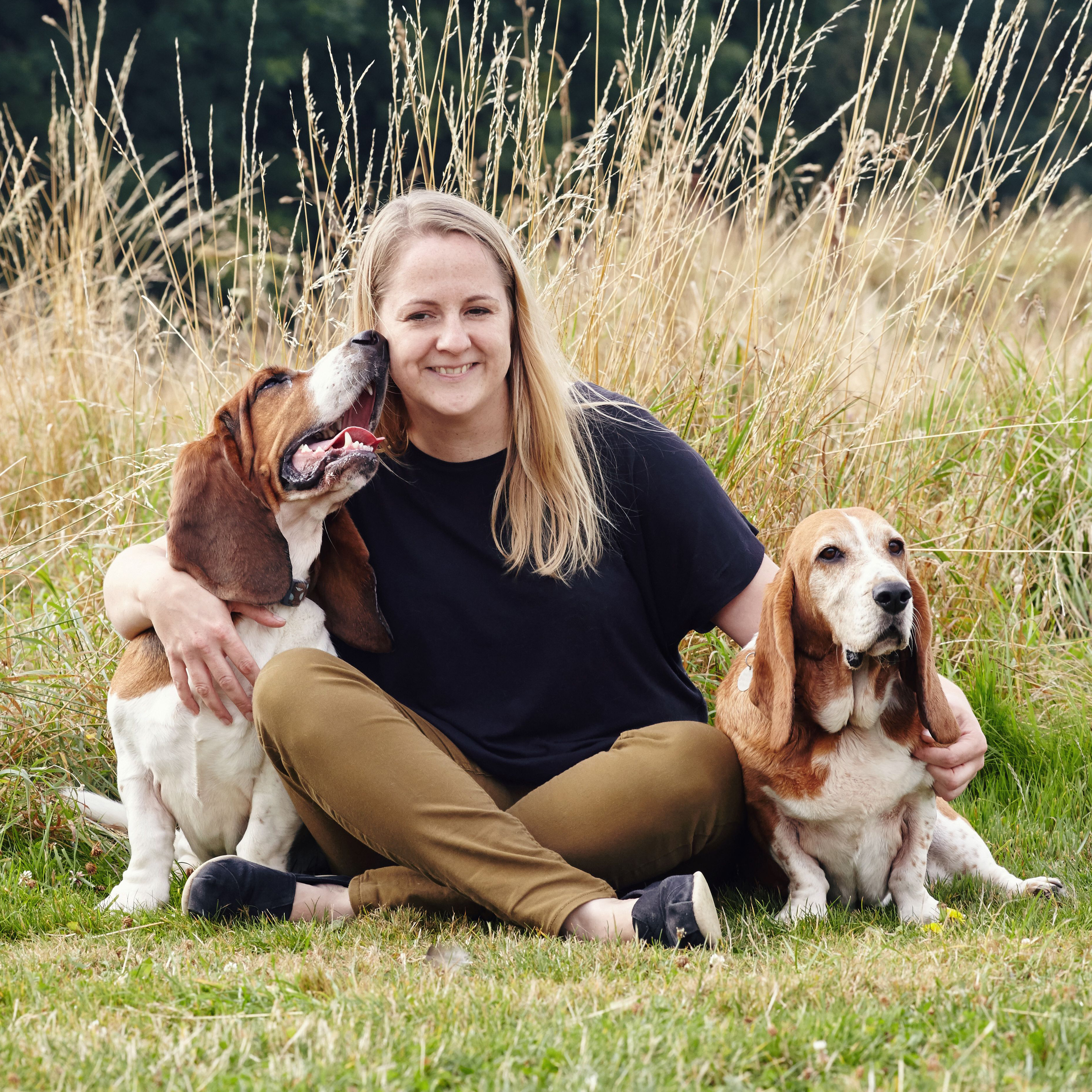
Caroline Wilkinson is a Certified Animal Behaviorist. She is a Full (assessed) Member of the APDT and INTODogs – as well as a Registered Training Instructor (ABTC). Caroline is also a Certified Real Dog Yoga Practitioner and an Applied Canine Zoopharmacognosist.

